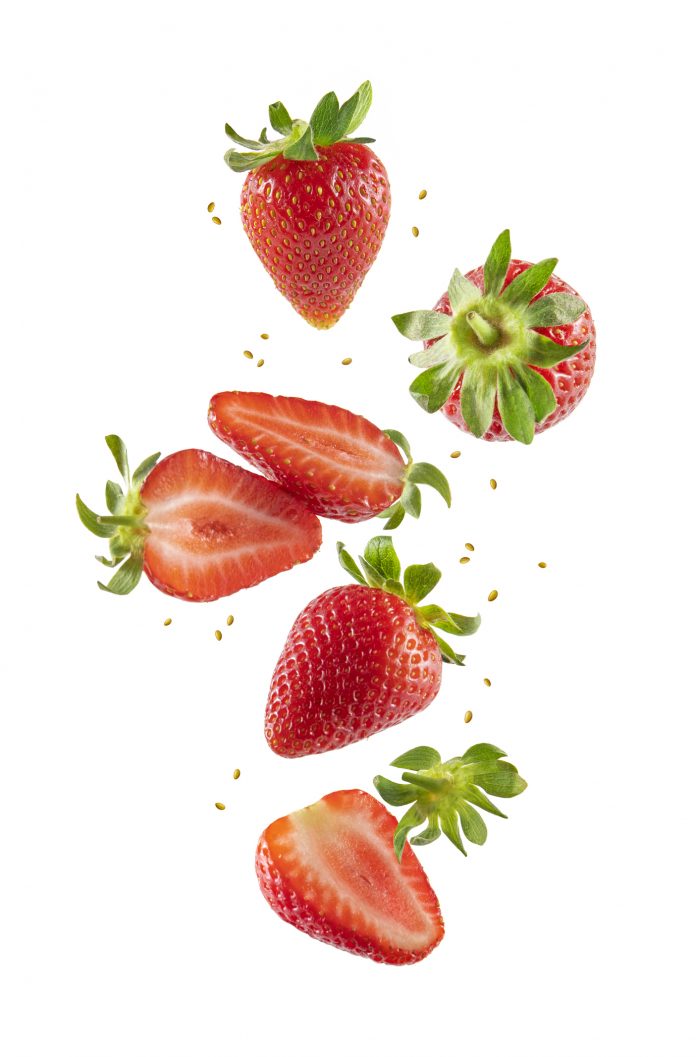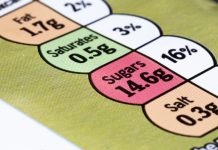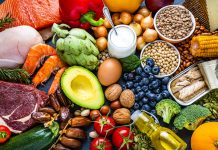The European Food Information Council (EUFIC) plays a pivotal role in supporting European citizens to make healthy and sustainable food choices; here, they discuss the impact of dietary patterns, barriers to greener eating habits, and measures to empower consumers
In a world urgently seeking healthier and more sustainable food practices, balancing the nutritional needs of a growing population with environmental concerns poses a big challenge. We need action as the current food production system significantly contributes to climate change and the rise of non-communicable diseases. The European Commission’s Farm to Fork strategy aims to create a fair, healthy, and environmentally friendly food system. Can it help European citizens to achieve healthier and greener eating habits?
Defining healthy and sustainable dietary patterns
Unhealthy dietary choices (e.g., low consumption of fruits, vegetables, whole grains, and legumes and high consumption of red and processed meat, added sugar, and salt) are key contributors to the development of non-communicable diseases and premature deaths (19% of total deaths in Europe in 2017). Alongside this, our current global food production system has a negative impact on the environment. Agriculture alone generates 30% of greenhouse gas emissions and uses 70% of freshwater resources.
To shift towards healthier and more sustainable dietary patterns, consumers can make a big difference by eating less food (in line with our calorie needs), reducing food waste, and eating more plant-based foods instead of animal-based foods, such as meat and dairy products. However, helping consumers make healthier and more sustainable food choices remains challenging. The European Food Information Council (EUFIC) plays a pivotal role in this journey by making the science behind food and health more understandable and empowering European citizens with the knowledge to adopt healthier and more sustainable diets.
Barriers to healthy and sustainable diets
Changing our dietary habits is easier said than done. Through the EU-funded PLAN’EAT project, EUFIC is exploring diverse levels and facets at the macro (food system), meso (food environment), and micro (individual) levels to unveil the intricate interplay of economic, social, and individual factors towards implementing healthy and sustainable dietary behaviours.
‘It is important that we do not look too narrowly at barriers toward healthy and sustainable diets. Only by understanding this complex web can we design strategies for effective recommendations, tools, and interventions that allow food system actors to steer a transition towards a healthier and more sustainable dietary behaviour,’ Malou Reipurth, Research Manager at EUFIC who is involved in PLAN’EAT, explains.
For consumers, factors like beliefs that humans are meant to eat lots of meat, the expectation that plant- based food products would not be tasty or filling enough or able to provide enough energy or strength, and the experience of not enjoying such products are all common barriers. Price, lack of availability, and confusion about which food products are sustainably produced also hinder consumers in making changes towards healthier and more sustainable diets. At the policy level, a lack of clear and stringent regulations on food labelling and advertising can make it difficult for consumers to make informed choices and maintain greener eating habits.
Greener eating habits: Challenges associated with the EU’s Farm to Fork strategy
Creating sustainable food systems is one of the EU’s top priorities of action. In 2020, the European Commission launched its Farm to Fork (F2F) strategy, which lays out plans to make farming more environmentally friendly and diets healthier by the end of the decade, be it by nudging consumers towards healthier choices at the supermarket via new food labelling frameworks or reducing the use of agri-chemicals. However, more than three and a half years later, the initial plans seem heavily derailed.
One criticism is that the F2F strategy sets out clear targets in some areas, for example, on pesticide and fertiliser use and organic farming, but targets are less concrete in other areas, or certain areas are not addressed at all, for example, meat production and consumption. Also, some targets address a specific part of the food system without explicitly addressing potential related consequences in other parts of the food system. For example, targeting 25% of farmland under organic production will also impact post-harvest handling, logistics, business plans of various food system actors, distribution, retail, and so on.
Additionally, concerns were raised about the lack of ambition among Member States to translate the F2F strategy into legislation and subsequently into action plans. As three years have passed since the introduction of the F2F strategy, Member States have also been more divided than ever about certain measures. For example, on the plans to implement an EU harmonised food labelling scheme, France, Italy, and Spain are having doubts about the proposed labelling scheme ‘Nutri- Score.’ All in all, the delays in enacting key sustainable food legislation – crucial for advancing the EU’s climate, environmental, and health objectives – are causing uncertainty and may potentially hinder the transition to sustainable agri-food systems.
Empowering consumers to make healthy and sustainable food choices
Meanwhile, the EU and its Members States are taking action and introducing measures to empower consumers to make healthy and sustainable food choices. In June 2023, a new roadmap was proposed by the Group of Chief Scientific Advisors for the European Commission with tools to overcome the barriers preventing consumers from adopting healthy and sustainable diets, complementing the current initiatives in the F2F strategy. They recognised that policies should address the whole food environment, anywhere where food is obtained, eaten, and discussed. Among these measures include, for example, improving greener eating habits through the availability, visibility, and accessibility of healthy and sustainable food.
The Netherlands and Spain are considering banning the marketing of unhealthy foods and drinks to children and promoting healthy and sustainable eating in schools. Another measure in line with this is to price food and drink products according to their environmental and health impacts by reviewing taxes and subsidy schemes. Price discounts on healthy foods and promotions on sustainable foods are the most helpful interventions for supermarkets to increase healthy and sustainable food purchasing. Other measures outlined in the report included restricting EU imports of food commodities from places where food production causes major environmental damage, increasing consumer awareness with adequate and trusted information, improving food literacy education, and ensuring coherence (and clear time-bound goals for sustainable consumption) between new and existing EU interventions that influence the food system, striving for a shared long-term vision.
Sustainability criteria could also be included in national dietary guidelines. For example, the Swedish food-based dietary guidelines have been considered in the 2016 FAO Report as a reference model to integrate sustainability into national dietary guidelines, providing a guidance on how to eat healthily with a low environmental impact. The main topics addressed are related to the increase in consumption of seasonal fruits and vegetables high in fibre, seafood and mussels, whole grains, rapeseed and olive oils, and reduced consumption of dairy products, red and processed meat, and products high in sugar. Furthermore, Denmark published its world-first action plan to adopt plant-based diets last October 2023 to strengthen and promote its plant-based sector.
European Food Information Council
www.eufic.org
Twitter
Facebook
Linkedin
Editor's Recommended Articles
-
Must Read >> Could a moderate protein diet improve metabolism?














